The Animal Health and Welfare Pathway is described as: ‘…central to the government's manifesto commitment to protect and enhance farm animal health and welfare, and to maintain and build on our existing world-leading standards’.
It supports several government strategies by (Department for Environment, Food, and Rural Affairs, 2023):
- Supporting farmers to transition to higher welfare practices and systems and encouraging sustainable food production founded on high-welfare farming (Department for Environment, Food, and Rural Affairs, 2021)
- Improving biosecurity, which will help manage endemic disease risk
- Tackling anti-microbial resistance
- Reducing greenhouse gas emissions from livestock through tackling diseases and improving productivity, supporting the Net Zero Strategy and the 25 Year Environment Plan.
For pigs, the priorities of the Animal Health and Welfare Pathway are to (Department for Environment, Food, and Rural Affairs, 2023):
- Improve biosecurity to control endemic pig diseases and help prevent the introduction of exotic disease threats
- Tackle porcine reproductive and respiratory syndrome (PRRS) virus which costs the industry an estimated £52 million per year and increases antibiotic use
- Reduce sow confinement during farrowing by supporting producers in shifting to less confined alternatives for the sow, while ensuring the welfare of her piglets and the safety of workers
- Reduce stressors to keep tails intact – supporting farmers in addressing the underlying causes of high stress levels in pigs which trigger tail biting, such as poor environmental enrichment, so that farmers feel confident to not dock tails.
What is porcine reproductive and respiratory syndrome?
Porcine reproductive and respiratory syndrome (PRRS) is a highly contagious virus. Transmission occurs through direct contact, airborne particles and contaminated surfaces, with clinical signs including pneumonia, abortion/infertility and an increase in secondary bacterial infections such as pasteurella, salmonella and Streptococcus suis (because of its immunosuppressive effects).
PRRS is endemic in the UK, but the virus' rapid mutation makes control through vaccination a challenge. Biosecurity measures, such as quarantine for new animals and stringent hygiene practices, play a critical role in preventing virus introduction and spread.
In unvaccinated herds, serology is the best way to confirm exposure. In vaccinated pigs, a polymerase chain reaction (PCR) screen is used to detect the virus itself (provided the animals have not been vaccinated in the last 3 weeks).
The highly mutable nature of PRRS virus means that other strains exist around the world, notably PRRS2, which is poorly covered by our PRRS vaccines and is currently not present in the UK. Increased PRRS surveillance is one method the Animal and Plant Health Agency (APHA) is using to keep track of this potential threat.
Completing a review in practice
- First, the farmer applies online, and receives an authorisation number. Any farmer with 51 or more pigs is eligible for Pathway funding
- The vet then performs a visit, blood sampling 30 pigs from the same management group (ideally finishers) to be submitted for PRRS antibody enzyme-linked immunoassay (ELISA) in unvaccinated animals or PRRS PCR (which may be pooled) in vaccinated pigs. See ‘possible changes’ below for alterations to this sampling regime which may come in the summer of 2024
- During the visit, there is also a discussion around general health and welfare on the farm. Topics for discussion may include (but are not limited to):
- Fertility – are we seeing more returns, small litters or abortions than usual?
- Nutrition and husbandry – eg is weaning a pinch point?
- Vaccination – regardless of PRRS, is there an opportunity to vaccinate for other common diseases, such as erysipelas, parvovirus or PCV2 (wasting disease)?
- Biosecurity – are incoming gilts/boars quarantined before mixing with the herd?
- Tailbiting – are tails docked, and if so is it necessary? Remember that ongoing veterinary justification is required for farms to dock tails
- Other diseases – could these be secondary to PRRS infection?
- Any topic related to health and welfare is suitable for this discussion – the government priorities are listed above but in reality any action that improves health and welfare will bring us closer to achieving these goals.
- The vet submits the samples to an authorised lab (the list of which can be found at https://apply-for-an-annual-health-and-welfare-review.defra.gov.uk/apply/test-pigs) completes a written report to include a summary of the discussion points and any suggestions for improvement, and provides a summary review to include the following information:
- Agreement number (received by the farmer after their initial application)
- Farm business name and Single Business Identifier (SBI) number
- Date of visit
- Type of livestock reviewed and confirmation of sufficient numbers
- Confirmation of 30 blood samples having been taken
- Unique laboratory results reference number
- Vet's name and Royal College of Veterinary Surgeons (RCVS) number
- Confirmation that the farmer has been given a written report
- NB. for non-Red Tractor farms it may be convenient to produce a Veterinary Attestation Number at this time, rather than performing a separate visit.
- Once the sample results are received, they can be attached to the form (with the laboratory's reference number), and sent to the farmer. This must be done within 6 months of the original application
- The farmer submits the report and lab results online to receive the funding of £684 for pigs.
Further resources: blood sampling pigs
AHDB (2024a) provides guidance on blood sampling pigs that are ≥13 weeks of age.
Preparation and location
Good preparation will minimise short-term stress to the pig and staff, allows good aseptic technique and reduces the risks of bruising/hematomas and needle stick injuries (AHDB, 2024a).
It will be necessary to use a specifically designed snare or snatch to provide adequate restraint for blood sampling a pig at ≥13 weeks of age. Two people will be needed:
- An experienced handler who is calm, quiet and confident at pig handling to restrain the animal
- A vet to take the blood sample.
The handling area should be large enough to perform the task but small enough to restrict movement of the pig. All equipment for blood sampling should be ready and immediately available before starting (AHDB, 2024a).
Equipment needed
Equipment needed includes (AHDB, 2024a):
- Ear defenders
- Snare/snatch and pig board(s)
- Storage container (for sample storage at a suitable temperature)
- Gloves/hand cleansing agent
- Surgical spirit and cotton wool ball/pads
- Needles (1.5–2 inch 18–20G)
- Vacutainers or syringes
- Sharps bin
- Pens (for labelling samples)
- Stock marker (for marking sampled pigs)
- First aid kit (in case needed)
- Laboratory submission form.
It is important to note that the jugular is located relatively deep in the pig. A 1.5 inch, 18–20G needle will be needed, and potentially a 2” needle in large adult pigs.
Pig handling and restraint with a snare
When handling pigs (AHDB, 2024a):
- Move the pig in a calm, unhurried manner
- Allow the pig to walk to its destination at its own pace
- Encourage the pig forward with a pig board and your voice.
Snares should only be used by a trained and competent handler. The size of the snare loop should be relevant to the size of the pig and kept clean and hygienic.
The snare must only be used to restrain the pig, not to move the animal. Figure 1 shows a diagram of using a snare and Figure 2 shows an example of how to use a snare on a pig:
- Place the snare loop in the mouth and over the top jaw and snout of the pig
- Ensure that the loop is behind the canines
- The pig will naturally pull away from the snare
- The head can be raised to extend the neck with the snare handle held vertically in the other hand
- Keep the pig's head and spine as straight as possible for sampling
- Ensure the handler keeps the head and spine as straight as possible.
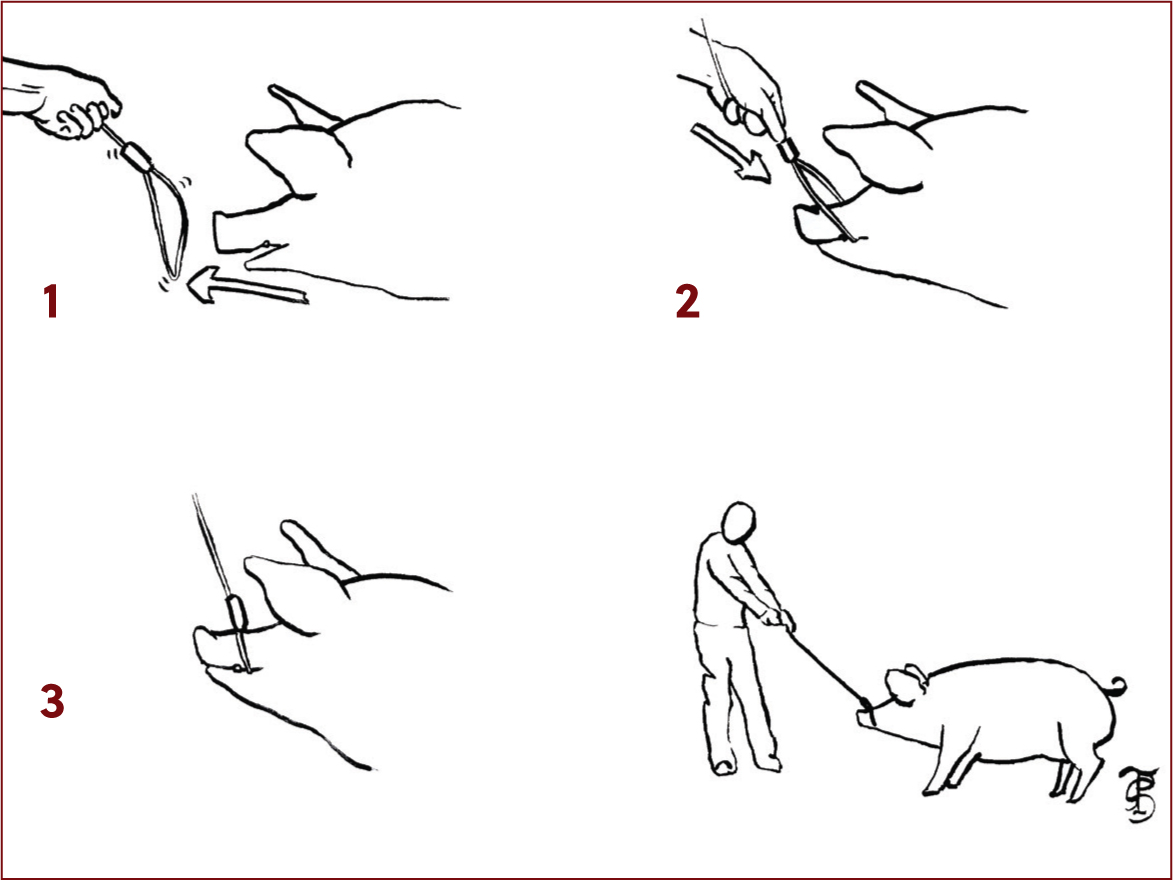
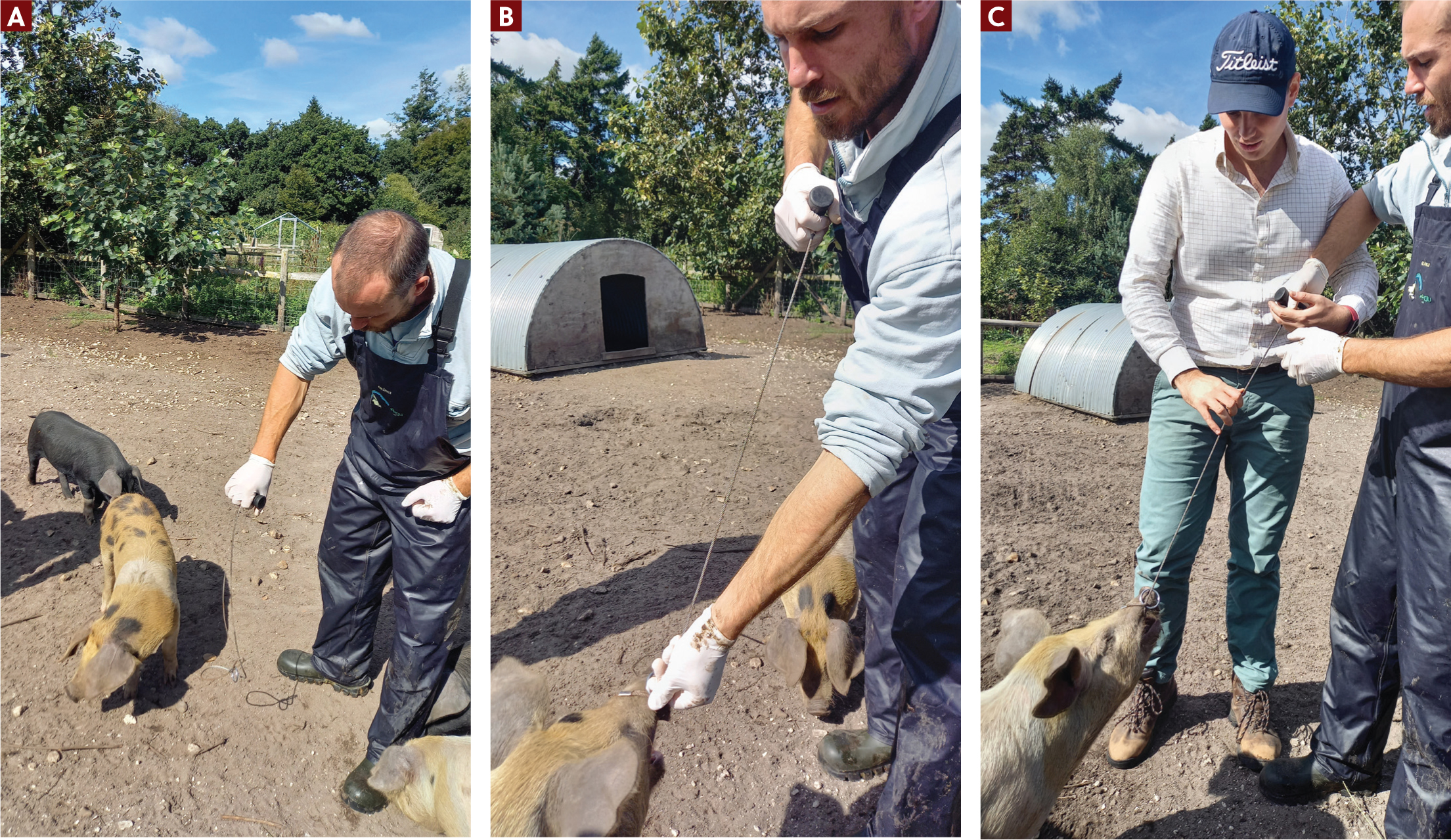
Blood sampling technique
When blood sampling (AHDB, 2024a):
- Stand or kneel alongside (or just behind) of the shoulder of the pig
- Locate the jugular groove to each side of the trachea
- Note the jugular is not visible in the pig
- Using a vacutainer or needle and syringe, advance the needle through the skin in the deepest part of the jugular groove between the angle of the jaw and the shoulder. Insert the needed at an angle perpendicular to the skin
- Once through the skin, activate the vacuum or create a slight vacuum in the syringe
- Advance the needle until you puncture the vein
- If you do not hit the vein, withdraw the needle slightly (do not deactivate the vacuum) and advance again adjusting to aim to the jugular
- Once you have filled the vacutainer, release the vacuum and withdraw the needle.
The pig should be released as soon as possible by smoothly loosening and releasing the snare. The pig should be marked with a spray marker to ensure that it is not sampled more than once and then it should be returned to its pen.
I strongly recommend visiting the excellent resources on the AHDB website, which includes video instructions on the blood sampling of pigs, submission guidance and a video talk-through of everything discussed in this article (AHDB, 2024b).
Important points
- Holdings with 51 or more pigs are eligible
- 30 pigs must be blood-sampled (ideally from the same management group) subject to the changes mentioned below
- There is a 6-month time limit from start to finish of application
- £684 funding is available for farmers.
Finally, please be aware that some small farms will be technically eligible for Pathway funding (with 51 or more pigs), but may be very unwilling to have the minimum 30 animals sampled. Indeed, on a smallholding with poor handling facilities and an owner who is unused to restraining pigs, the time required to take these samples may outweigh the funding available. In these situations, veterinarians will now have the information to discuss whether the Pathway is suitable and, if not, still have a productive discussion about PRRS and other relevant health and welfare issues.
Possible changes
There are some changes to the requirements above, announced in March 2024, which are due to take place in the summer of 2024 – exact date to be confirmed. The likely changes are as follows:
- Oral fluids will be accepted for Pathway funding, either for virus PCR or antibody ELISA (based on vaccination history as discussed above). Oral fluids are collected by hanging a sterile sampling rope in a pen of pigs (Figure 3), allowing them to investigate this for around 20 minutes, and then (wearing gloves) squeezing the resultant fluid into the sample pot provided. This is your sample. It is likely that five samples (ie from five ropes, ideally one rope per group of pigs) will be required for Pathway funding. In addition to this, more detailed test funding will also become available for endemic diseases, following on from this initial phase of the pathway
- Farms must be tested by either bloods or oral fluids depending on the date of their application (ie before or after the change to oral fluids). Farmers who apply before the change must have tests performed with blood samples (regardless of when the visit occurs), and applications made after the change must be completed using oral fluids. If you particularly want to test with one of these sample types, you can advise your client to make their application earlier or later accordingly (6-month completion time limit will still apply)
- The list of approved laboratories remains the same
- Importantly, oral fluids will make the sampling of small herds of pigs considerably more practical and appealing for the smaller producer (not to mention vet!), and this is the reason for the change. When sampling smaller herds, or indeed any outdoor pig, for oral fluids, be aware that outdoor pigs will be less inclined to investigate a rope than indoor pigs and their mouths will often be so contaminated with earth or mud that the resultant sample may be useless. In this case, a reasonable solution would be to house the intended groups of pigs for 24–48 hours prior to sampling, and then setting up the ropes as above.
- Beyond 2024: at an unconfirmed time in the future, it is intended that multiple species under one holding will be eligible for Pathway funding, and so will multiple holdings under a single SBI number. Readers are advised to keep an eye on the AHDB website for confirmation of dates and future alterations.
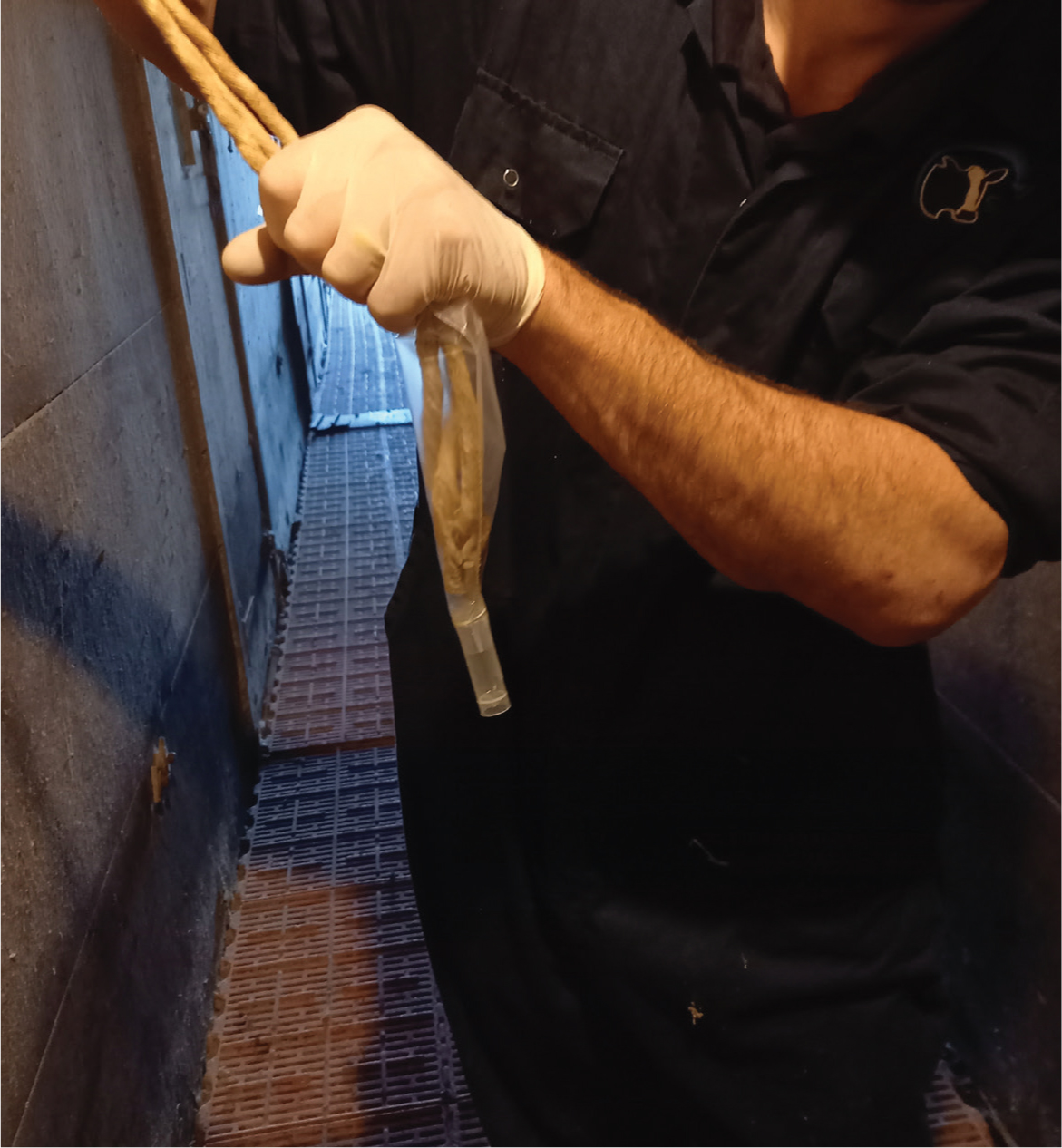
Resources
CPD
You do not have to be a pig-specialist to deal with pigs. Join Beth Reilly and myself for pig CPD designed for non-specialists – go to cpd.rvc.ac.uk and search ‘pigs’ to find details on our regular workshop run every six months in collaboration with the Royal Veterinary College and Synergy Farm Health.
Next date for your diary - 16th August 2024 ‘A Vet's Guide to Small Scale Pig Producers and Pet Pig Owners’ at Synergy Farm Health in Dorset.
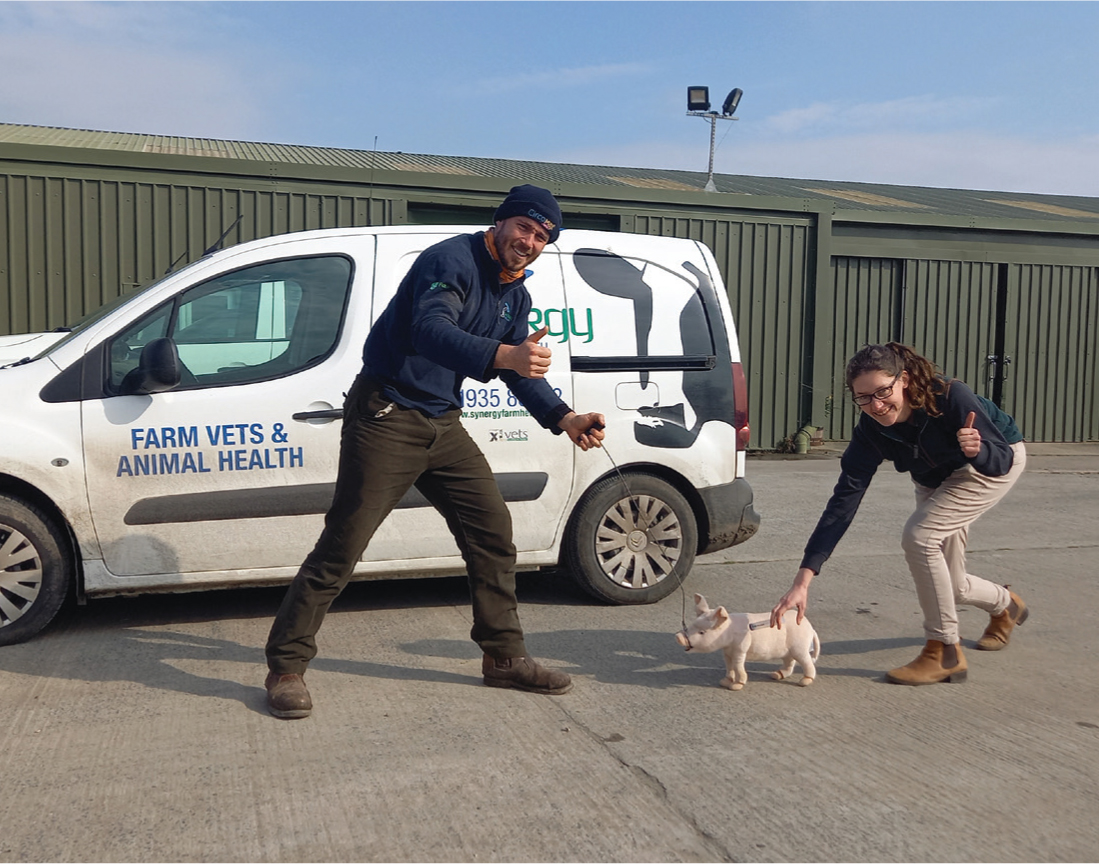
Books
For handy information on pig husbandry and diseases, take a look at ‘Keeping Pigs: A Practical Guide for Smallholders’, a book which I wrote last year with vets Clare Scott and James Adams, and pig keepers Sue and Stephen Dudley.
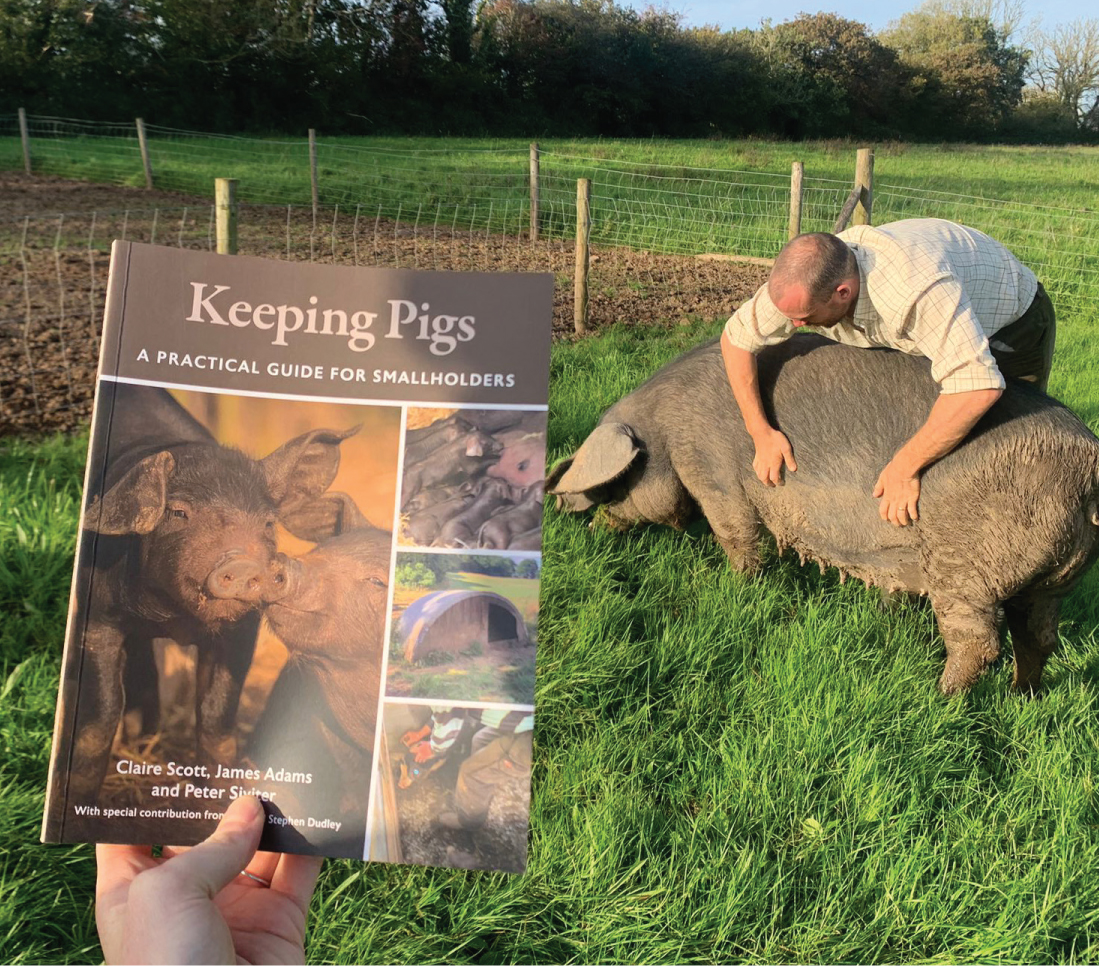
Conclusions
The Animal Health and Welfare Pathway gives veterinarians the scope to cover many aspects of pig health and welfare. It is important that veterinarians stay up to date with changes to the pathway, which are likely to come into force this summer.
KEY POINTS
- The Animal Health and Welfare Pathway gives veterinarians the scope to cover many aspects of pig health and welfare.
- Porcine reproductive and respiratory syndrome (PRRS) is a highly contagious virus, which is one of the focuses of the pig pathway.
- Blood sampling 30 pigs from the same management group is a key component of the pathway. It is important to note that some small farms will be technically eligible for Pathway funding (with 51 or more pigs), but may be very unwilling to have the minimum 30 animals sampled. See ‘Possible changes’ section for alternatives to blood sampling.


